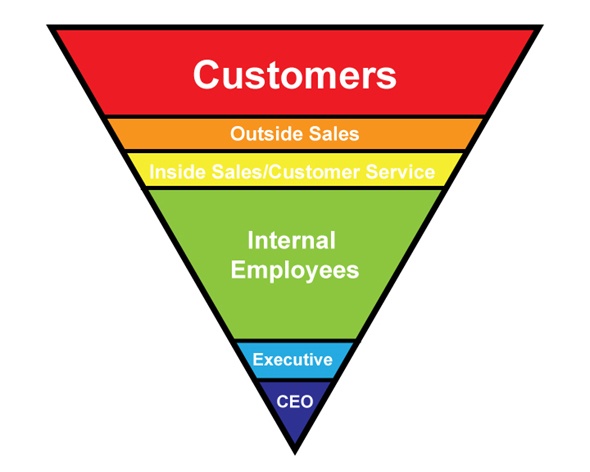In today’s challenging manufacturing marketplace it is more and more difficult selecting the most capable supplier that has the right capabilities for your company long term (so challenging, in fact, we had to break it into 2 parts). With more pressure being put on cost cutting and improving efficiency, it becomes very easy to put short-term gain ahead of all else. Unfortunately, when we do that, we end up losing sight of long-term goals that drive core future organizational growth.
Now, I am not about to sit here and say that price shouldn’t be a consideration when choosing a supplier, as every competitor needs to be cost competitive in their chosen product lines. And of course, above-average quality and on-time delivery are always a must. So, for the sake of this discussion, we will assume that all the competitors are within 10% on the cost, delivery and quality metrics.
If we assume that everything else is equal, I want to point out 3 specific questions you should ask your supplier to help determine whether the supplier will be around for the long term or whether you will just be re-sourcing this product in the very near future.
1. What is your long-term growth strategy?
As most people know, in 1999 there were over 1,200 printed circuit board shops in North America. Today there are less than 300. What happened? The market for bare printed circuit boards in the US was on the decline as most of the high-volume OEM’s moved their assembly operations to low-cost areas. Rather than diversify into new products and services, most companies just thought that they could keep lowering prices to keep the doors open and that the market would miraculously come back and everything would be fine. This strategy is commonly referred to as a "Race to the Bottom." If your supplier is in an industry that is not growing, they need to have a growth plan that demonstrates how they will be financially solid company over the long term.
2. Where has the company reinvested its profits?
In order for a company to stay viable long term, they need to reinvest their profits back into the company. This can be in many forms: new equipment which allows quicker delivery or new technology, new people that can cover a new geography or provide a technical resource, or new software that will make the process more efficient are just a few examples. Most small to medium-sized companies don’t reinvest their profits (if there are any) and many others will talk about their investment without actually having made any. Sitting down with your supplier, going over their long-term investment plans, and getting real proof that this investment has indeed been made will ensure that your company has a supplier that will continue to be able to offer added value long term.
NOTE: This is most evident when companies talk about off-shore partnerships where the only level of communication/partnership is via email. Make sure that your supplier has their own employees in the country where they manufacture, which demonstrates true investment.
3. Can I review an organizational chart?
Why is this important? Many companies talk about their commitment to quality or engineering yet only have one person who does these jobs and three others at the same time. Because ISO requires every company to have an organizational chart with all of the key areas of management listed, it truly demonstrates what a supplier values.

Epec's Customer Focus Organizational Chart
If you have a significant number of blank boxes or one person’s name appears in 5 different boxes, you must question the supplier’s commitment and capacity to manage all of the facets of the business. While small companies can be very responsive since many people wear many hats, the question must be asked - which one comes first? If you have a major quality problem, but the quality manager needs to ship products so they can generate cash and make payroll, your quality problem will come in second.
Summary
While no supplier is perfect, there is much that can be learned just by asking about their long-term growth plan, reinvesting profits, and organizational charts. In part 2 of this post, we discuss the 3 specific process areas that every customer should review with a supplier before they start to do business.
Key Takeaways
- Long-term strategy matters: A capable supplier must have a clear, sustainable growth plan that prevents them from falling into short-term pricing wars or “race to the bottom” scenarios.
- Reinvestment is key to stability: Suppliers that reinvest profits into new equipment, technology, personnel, or process improvements demonstrate commitment to long-term viability and continuous improvement.
- Proof of real investment counts: Genuine investment, such as employing staff within their manufacturing regions, shows a deeper partnership and higher operational control than superficial offshore arrangements.
- Organizational structure reveals priorities: Reviewing a supplier’s org chart helps identify whether they have adequate resources dedicated to quality, engineering, and customer service rather than overloading a few individuals.
- Supplier evaluation ensures long-term success: Asking strategic questions about growth, reinvestment, and organizational capacity helps ensure you choose a partner that supports future goals, not just short-term cost savings.
















